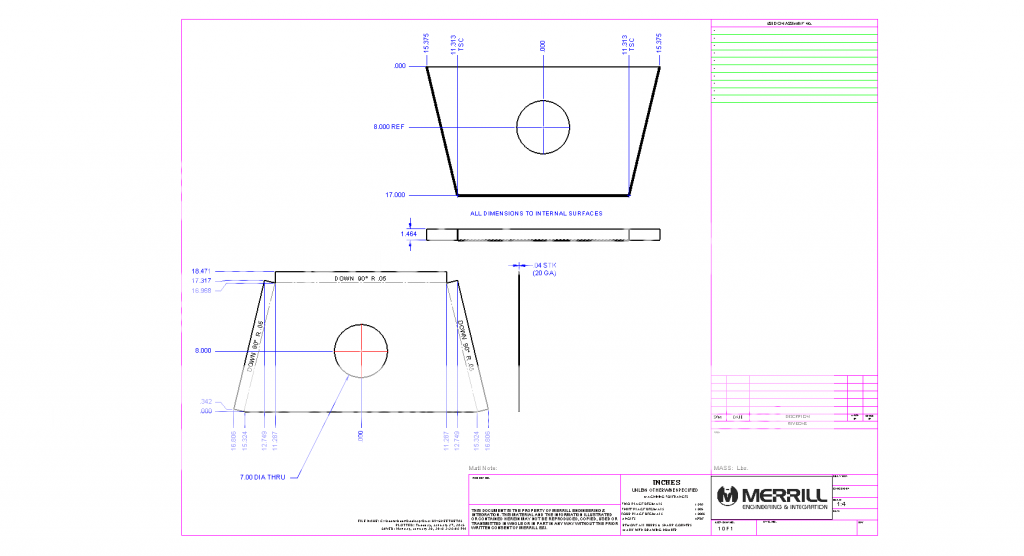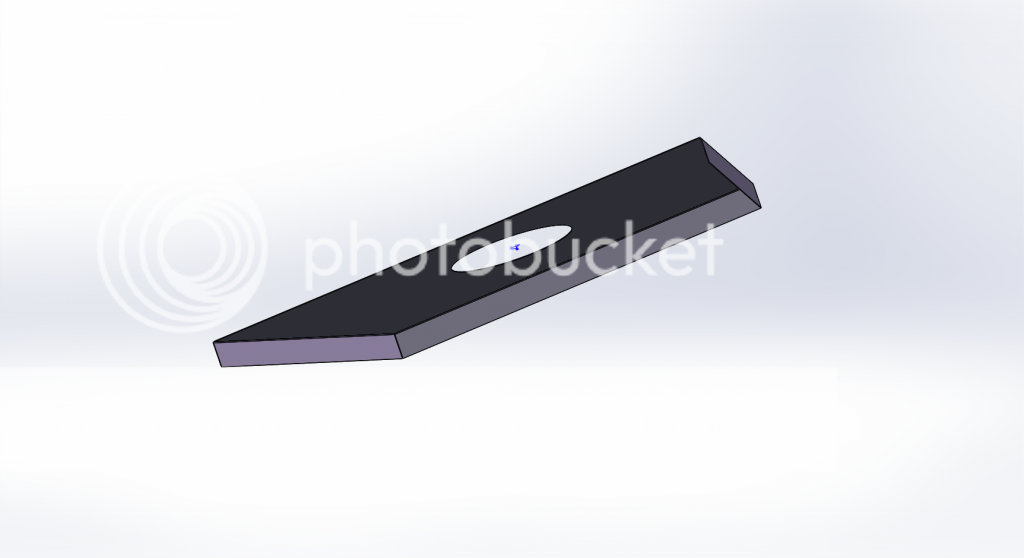Just learned from another thread that some of the most knowledgeable guys like Grisu, Begreen, Hogwildz recommend to install block off plate even if stuffed insulation being put in place already. My install was not easy, I had to remove some bricks, ate a lot of dust while laying face up in a firebox. So standard block off plate was not an option for me.( I think so). So, I just stuffed Roxull as much and as tight as I can in a chimney around pipe. So, now I'm thinking about going back and making some kind of block off plate.
Just wondering what are the physics behind need of block off plate added to a lot of tight stuffed Roxull installation.
I also stuffed Roxul at the upper part of chimney under cap as low as I could. The flue is cemented to the insert. Not sure if I can move it due to packed insulation.
It's gonna be a pain to redo it, just wanted to know if it worth it.
Just wondering what are the physics behind need of block off plate added to a lot of tight stuffed Roxull installation.
I also stuffed Roxul at the upper part of chimney under cap as low as I could. The flue is cemented to the insert. Not sure if I can move it due to packed insulation.
It's gonna be a pain to redo it, just wanted to know if it worth it.




